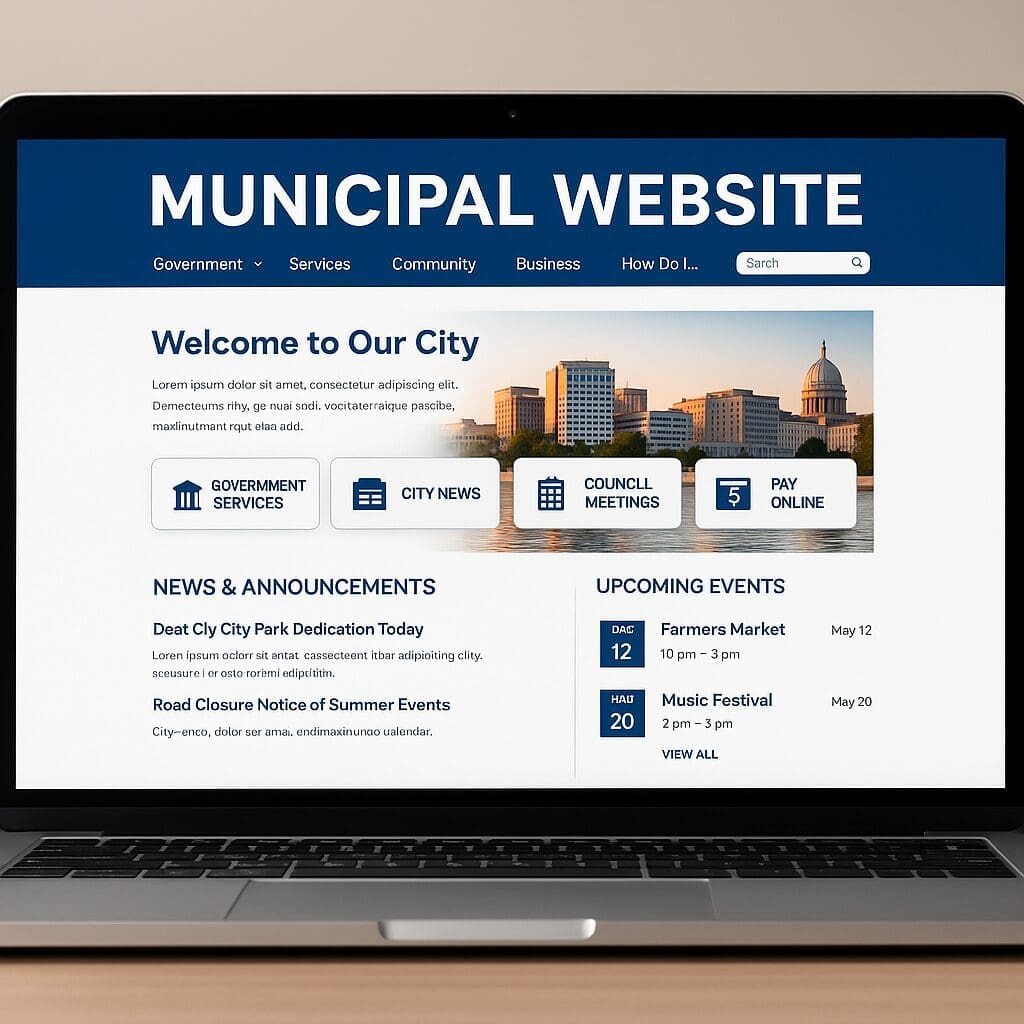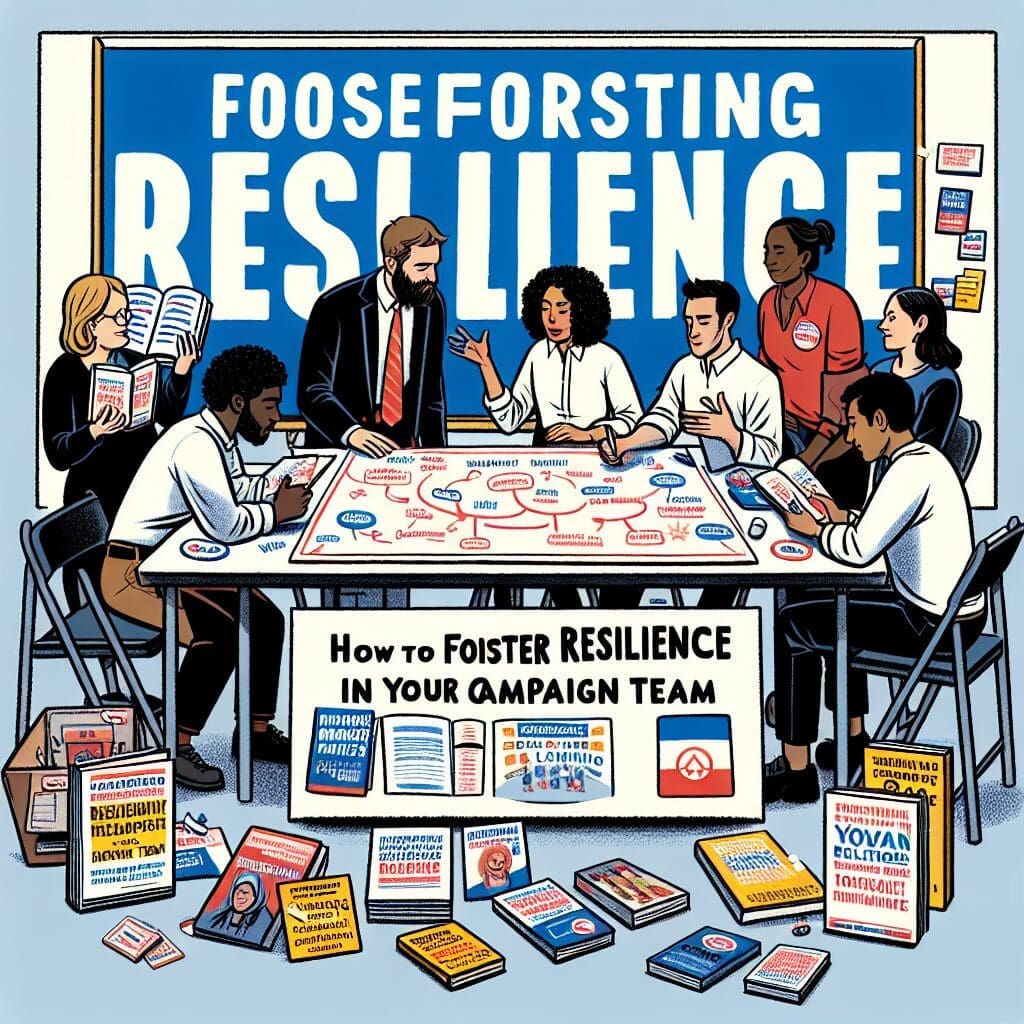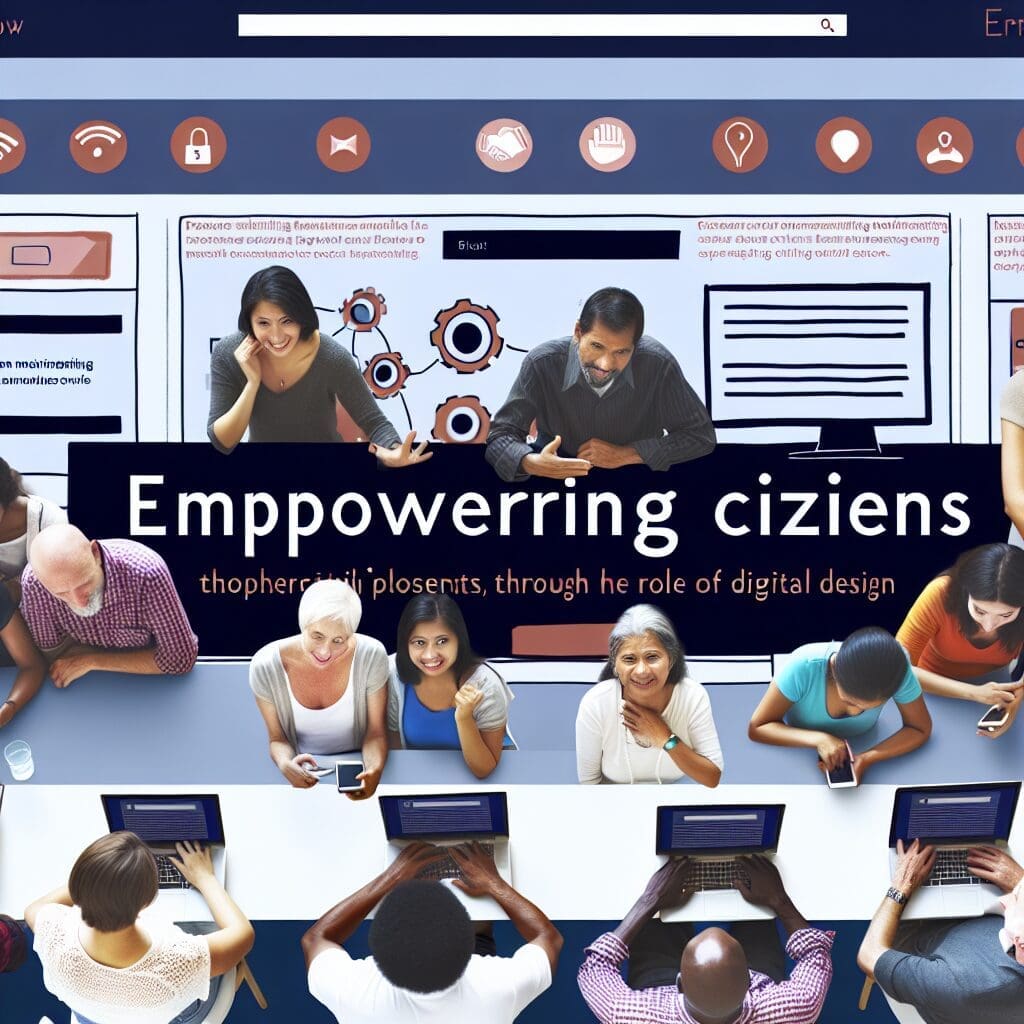A municipal website is more than just a digital notice board. It’s the heart of a modern city or town’s communication, connecting government, residents, businesses, and visitors 24/7. It’s where transparency, trust, and service delivery all meet—online, in one place.
If you want to understand what makes a municipal website effective, why it matters, and what features separate the good from the bad, you’re in the right place.
Municipal Website: The Plain Definition
At its core, a municipal website is the official site for a city, town, or local government entity. It’s managed by local officials and acts as a public portal for everything from city council news to paying your water bill.
But a real municipal website isn’t just a directory of contact numbers. It’s an interactive platform that lets people access public records, submit service requests, see real-time alerts, and engage with their community. In 2025, if your town’s website can’t do all that, it’s not keeping up.
For a look at what modern municipal websites can do, check out SnapSite’s municipal website design—built for city and county needs.
Why Every City Needs a Great Municipal Website
Let’s get specific: Why invest in a better city website? Here are a few reasons:
- Public service never sleeps. Residents expect to pay bills, report a pothole, or find information after 5 pm. A municipal website is open all day, every day.
- Saves time and money. Instead of calling or visiting city hall, citizens complete tasks online. That means fewer calls for staff, fewer lines at city offices, and less paper.
- Builds trust and transparency. By posting meeting agendas, budgets, and ordinances online, cities show they have nothing to hide. This is a key part of local democracy.
- Centralizes communication. Instead of info scattered across Facebook pages or old newsletters, the website is a single source of truth.
This isn’t just theory. Cities using platforms like SnapSite.us report less administrative work, more engaged citizens, and faster response times for service requests.
The Real-World Features People Use (and Expect)
Forget boring sites that look like they were built in 2005. Here’s what a strong municipal website should offer—explained as you’d actually use them:
1. Online Payments and Transactions
Paying your water bill, renewing a business license, or paying for a building permit shouldn’t require a trip to city hall.
A good municipal website lets residents and business owners make secure online payments in a few clicks. That’s not just convenient—it’s an expectation.
2. Access to Public Records and Agendas
City council minutes, ordinances, and public records are often required by law to be public. On a modern site, these aren’t buried in PDFs or hard-to-find folders.
SnapSite’s digital document solutions help cities organize and publish all agendas, minutes, and documents for easy search and download. This is the backbone of open government.
3. News and Emergency Alerts
When there’s a water main break, winter storm, or big event, the city’s website is often the first place people look.
Top municipal websites offer emergency banners, pop-up alerts, and timely news updates—reaching citizens where they already go for info.
4. Service Requests and 311 Reporting
Tired of potholes or broken streetlights? A municipal website should include 311-style online reporting so residents can submit issues, upload photos, and get updates on progress. This cuts down on phone tag and keeps everyone accountable.
SnapSite’s 311 features make this easy to launch and manage, even for smaller towns.
5. Events, Calendars, and Community Resources
Local events, council meetings, or recreational programs shouldn’t be hard to find. An integrated calendar keeps everything organized and shareable, boosting community engagement.
6. Directories and Contact Info
Looking for the parks department or your local council member? A user-friendly staff directory and contact forms save time and frustration. Good sites use searchable, mobile-friendly layouts.
7. Forms and Applications
Whether it’s a building permit, dog license, or volunteer application, paper forms are being replaced by online forms that route directly to staff and provide digital receipts to residents. That’s faster for everyone.
Who Actually Uses Municipal Websites?
- Residents: Most traffic comes from people paying bills, looking up garbage pickup days, checking council news, or submitting service requests.
- Business Owners: They rely on city websites to apply for permits, pay fees, check zoning, or review new regulations.
- Visitors and Tourists: Good sites highlight local attractions, parks, festivals, and visitor services.
- City Officials and Staff: Use the backend to update content, track service requests, and improve internal workflows.
- Community Groups and Media: Rely on the site for the latest announcements, agendas, and press releases.
In short: If your city website is hard to use, all of these groups feel it—fast.
Why Transparency, Communication, and Engagement Matter
Transparency isn’t a buzzword; it’s a legal and ethical standard. The best municipal websites:
- Publish meeting notices and agendas before council meetings (required by open meetings laws).
- Share annual budgets, audits, and strategic plans.
- Provide a historical archive of ordinances and resolutions.
- Offer clear ways for residents to contact staff, submit questions, or register public comments.
This openness leads to higher community trust and a more informed, involved public. You can see this approach in action at MyCityGov.com, a model for how cities should run digital engagement.
New Trends in Municipal Website Design
Modern city websites are evolving rapidly. Here’s what’s new (and here to stay):
Accessibility (ADA & WCAG Compliance)
It’s not just about checking a box—everyone should be able to use your site. That means screen reader support, keyboard navigation, high-contrast themes, and alt text for images.
SnapSite builds accessibility into every project, making compliance easy.
Mobile-First and Responsive Design
Most visitors come to city sites on their phones. If your site isn’t mobile-friendly, it’s not usable. Responsive designs are a must for search rankings and user satisfaction.
Secure Online Services
More payments and forms mean more responsibility. SSL encryption, data privacy, and regular security updates are standard for trustworthy sites. SnapSite’s security-first approach keeps data protected.
Integrated Digital Services
Online forms, payments, document archives, and interactive maps all in one place—no more scattered systems or third-party sites.
AI and Chatbots
Larger cities are starting to use chatbots for common questions, making service available 24/7. Expect this to become a baseline expectation in the next few years.
What Makes a Great Municipal Website? (Best Practices)
- Simple, intuitive navigation: Visitors should find what they need in two clicks.
- Fast load times: Slow sites drive visitors away.
- Consistent branding: Reinforces trust and professionalism.
- Ongoing updates: Information changes; your site should, too.
- Analytics and feedback: Use site data to improve content and structure.
For a hands-on example, browse SnapSite’s municipal website design gallery, or review live municipal sites built for ease of use and high engagement.
See It in Action: MyCityGov.com
One site getting it right is MyCityGov.com. The homepage is clear and welcoming, mobile-ready, and loaded with digital services. Residents can pay bills, submit requests, and browse council news all in one spot—without hunting through outdated pages. This is the new standard.
Final Thoughts and Next Steps
A municipal website is more than an online flyer—it’s the backbone of modern local government. When built right, it saves money, boosts transparency, and strengthens civic trust. And it makes life easier for residents, businesses, and officials alike.
If your city or town is ready for a better digital presence, don’t settle for generic templates. Partner with a specialist.
Explore what’s possible at SnapSite’s municipal website design page, or see a real-world example at MyCityGov.com.
It’s time to give your community the website it deserves—simple, modern, and built for everyone.




